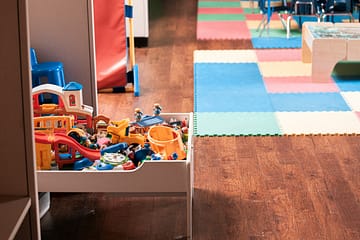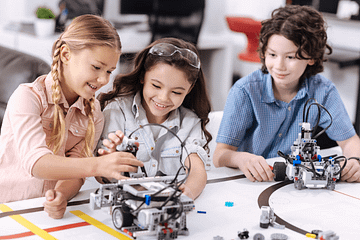Safety First: Staying Alert on Toy Recalls and Choosing Safe Toys – Guide
This comprehensive guide is a carefully crafted path to better understand how to care for your loved ones with neurodiverse abilities. This will help parents and caregivers be more alert and know how to enjoy playtime while being safe.
There are two aspects of safety that are covered in this guide which is helpful to understand and navigate through aspects to make informed decisions on playtime safety and suitability
- Physical Safety

- Age – Every parent/caregiver must ensure that the toy provided to their child is age-appropriate. These toys are developed and sold based on age and development however, focus on age as it should be safe to prevent choking, hurting oneself and other risks.
- Supervision – It is extremely important to always have supervision over the child during all times but most especially during playtime as it is when the child is the most active. It will help as it will avoid any kind of harm beforehand or fatigue from any complex toys that may cause irritation.
- CPR Knowledge – It is vital to learn CPR in case of any emergencies.
- Environment Safety – Ensure that the play area has all the safety measures instilled, like away from sharp corners, sockets plugged, and a comfortable play mat to play on. It would also be beneficial to the child’s health if the play area was clean and spacious.
- Proactive Measures – Regularly inspect toys for any wear and tear that could pose for risk.
- Wheel-Based Toys – Ensure all the wheel-based toys like cycles, skates, skateboards, etc are the right size for your children and they are mentally ready to be using these toys.
- Safety Accessories – Always equip your child with necessary safety gear like helmets, knee pads, elbow pads, etc especially while using wheel-based toys.
- Storing of hazardous objects – Store small and hazardous objects in an unreachable area from children to avoid accidental ingestion or injury.

- Toy Safety Check: Before purchasing or allowing a toy, check if it meets safety standards and has no recalls.
- Accessible Playgrounds – Use accessible playgrounds for your child that accommodate their various needs.
- Post-Injury Checks – Some autistic children are not sensitive to pain and will not feel any kind of impact from a fall or accident. It is crucial to check for wounds or serious injuries and receive medical attention if required.
- Medical Kit – Ensure to always have a medical emergency kit handy.
- Developmental Safety

- Impact of toys – it is critical that the toys chosen for your children have a positive impact on cognitive, physical and social development. These toys should encourage problem-solving, coordination and interaction skills. Monitor their behaviour with their toys and remove any of the toys that cause a negative impact.
- Trigger Caution – Avoid toys that could be overstimulating or can cause distress as these may be triggering.
- Additional Safety Tips
- Stay updated – Keep yourself informed about all the latest toy recalls and safety information to be able to make the right choice for your child.
- Identity requirement – Ensure your child has some sort of identification, especially if they have the tendency to wander.
- Impact on development – Cognitive, social and physical development are the crux of buying toys for your child and ensuring that these toys are encouraging positive development and not hindering any progress. Toys should be engaging without feeling overwhelming.
- Recommended Toys
- Sensory Toys
- Educational Toys
- Sports Toys


